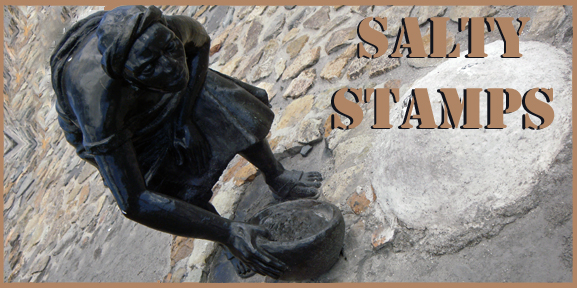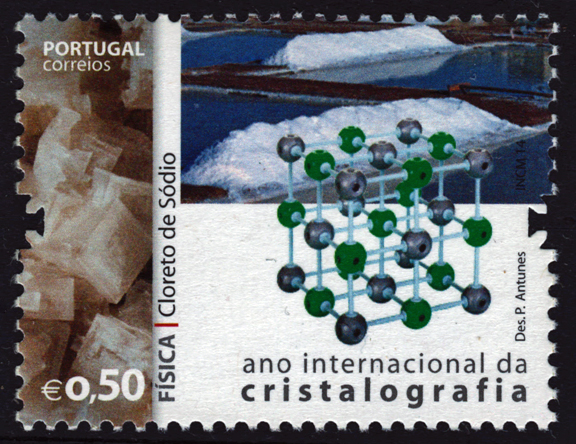Portugal
The year 2014 was declared the International Year of Crystallography by the United Nations. Although Crystallography provides the basis for understanding fundamental sciences (Chemistry, Physics, Mathematics, Biology and Geology), it remains relatively unknown to the general public. One of the goals of the anniversary celbration was to promote education and public awareness of the importance of this science. Historically, the first references on crystallography date back to antiquity Aristotle's description of ice as a crystal (krystallos in Greek). By the nineteenth century, the word crystal came to be applied to solids, mineral or organic polyhedrons, whether natural or artificial, and eventually became generalized to the entire portion of solid matter whose internal structure is characterized by the periodic repetition of a motif (composed of atoms) in the three directions of space. More recently, Crystallography went from analyzing the outer shape of the crystals to theorizing about its internal structure, i.e., its object of study went from the geometric properties of crystalline polyhedrons to the description of the ideal crystal structures and, currently, to the study of their real structures, properties and dynamics. The celebration of the International Year of Crystallography also aims to celebrate the centenary of the birth of X-ray crystallography, honouring the pioneering work of Max von Laue and William Henry Bragg and William Lawrence Bragg and the 50th anniversary of the Nobel Prize awarded to the scientist born in Cairo, Dorothy Hodgkin, for work on vitamins and penicillin. In the last hundred years, 45 scientists have won Nobel Prizes for their work related to crystallography andcrystallography has become fundamental to all sciences. It is fundamental to the development of almost all new materials used in our everyday lives and the stamps in the Portuguese commemorative set demonstrate the application of crystallography in fundamental science depicting the crystal structure of haemoglobin, caffeine, sodium chloride, and chalcopyrite or the Patterson function.
Go to the Salty Stamps Home Page. Go to the Eclectic Philatelist Home Page. © Derrick Grose, 2024 |



